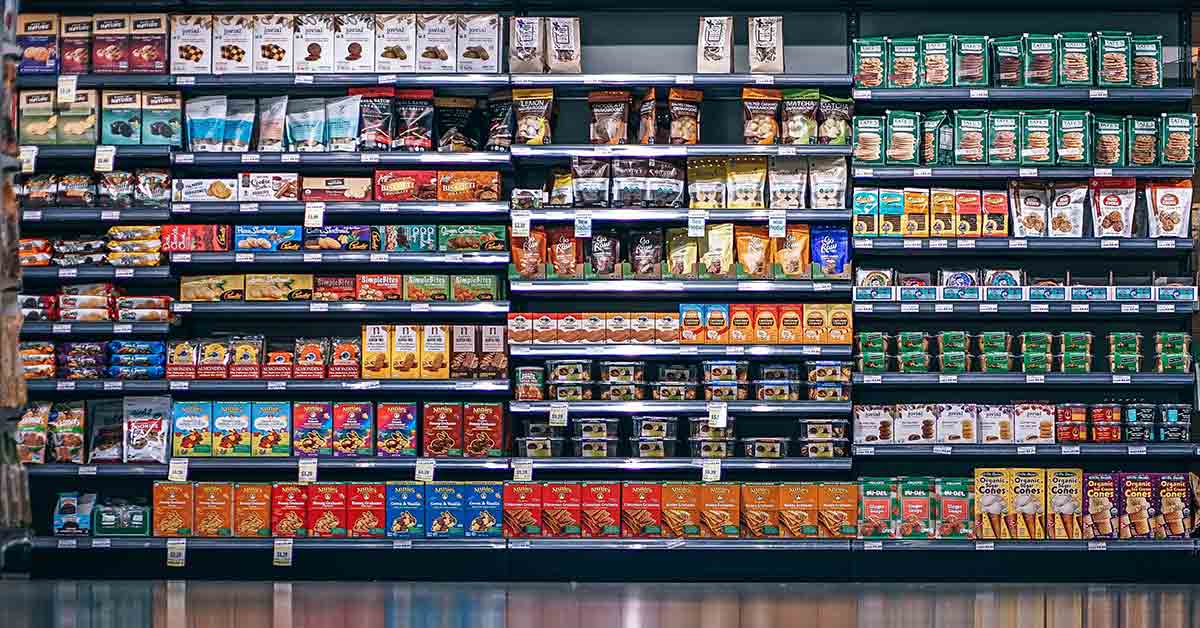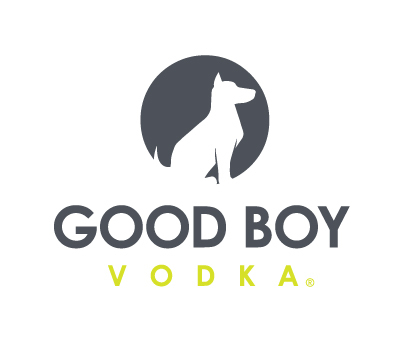Where The M&A Deal Winds Are Blowing For 2024

This year will see a slow escalation in acquisitions as inflation recedes and the Federal Reserve begins to lower interest rates, according to Solomon Partners. The financial advisory firm took a stab at what the landscape for M&A will look like in a new report: 2024 Outlook: Trends Impacting Consumer and Retail M&A so let’s dive into the four narratives Solomon believes will drive M&A activity in food and beverage this year…
The resilience of the food and beverage landscape amid challenging macroeconomic headwinds. The report flagged that despite declines at the register as consumers stretch their dollars further, “strategics with strong balance sheets” have been making key acquisitions to “modernize their portfolios” and “capture attractive consumer demographics” especially in better-for-you foods. Solomon presented examples like Campbell’s bringing Rao’s into its portfolio as part of the SOVOS Brands deal, Unilever diversifying further in frozen novelties with the acquisition of Yasso and Mars’ adding Kevin’s Naturals over the summer and TruFru in December 2022 to its family of brands bringing healthier options to entrees and indulgent snacks.
A focus on supply chain security continues to dominate the conversation among M&A deals with private equity outfits targeting vertically integrated platforms. These deals “enable investors to participate in the defensibility, resiliency, and growth of certain categories in a brand-agnostic way.” Companies with manufacturing capabilities to produce private-label, co-manufactured and value-added ingredient offerings bring scale and diversification to portfolios.
Big retailers are expected to keep getting bigger. The top two CPG retailers — Walmart and Amazon — will continue to battle over consumer dollars and Solomon predicts that Amazon will overtake Walmart by 2025 as the top revenue-generating retailer. The ecommerce giant contributed “nearly 34.0% of total revenue growth across the top 150 retailers” as retailers outside of the top 10 have declined from “32.3% of total in 2013 to 23.0% in 2023.”
The expansion of bigger retailers’ market share is playing out most dramatically in consumer shopping DTC and in ecommerce. The report conceded that many retailers have undergone dramatic business model transformations highlighted by Walmart shifting from being solely brick-and-mortar to an emphasis on ecommerce through its acquisition of Jet.com. The heated competition online for consumer attention has grown more among incumbent brands (+16%) who now outpace digitally-native businesses (+2%) for the over $1.1 trillion in sales during 2023.

















